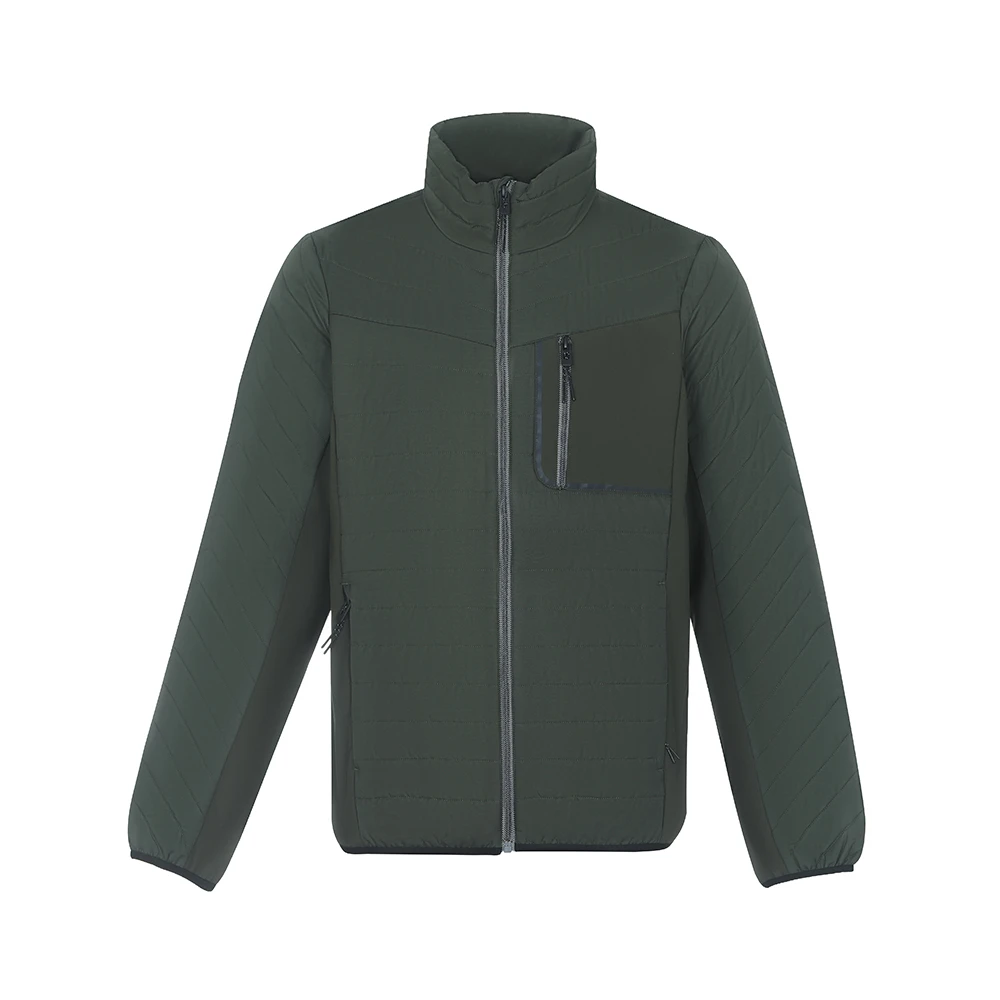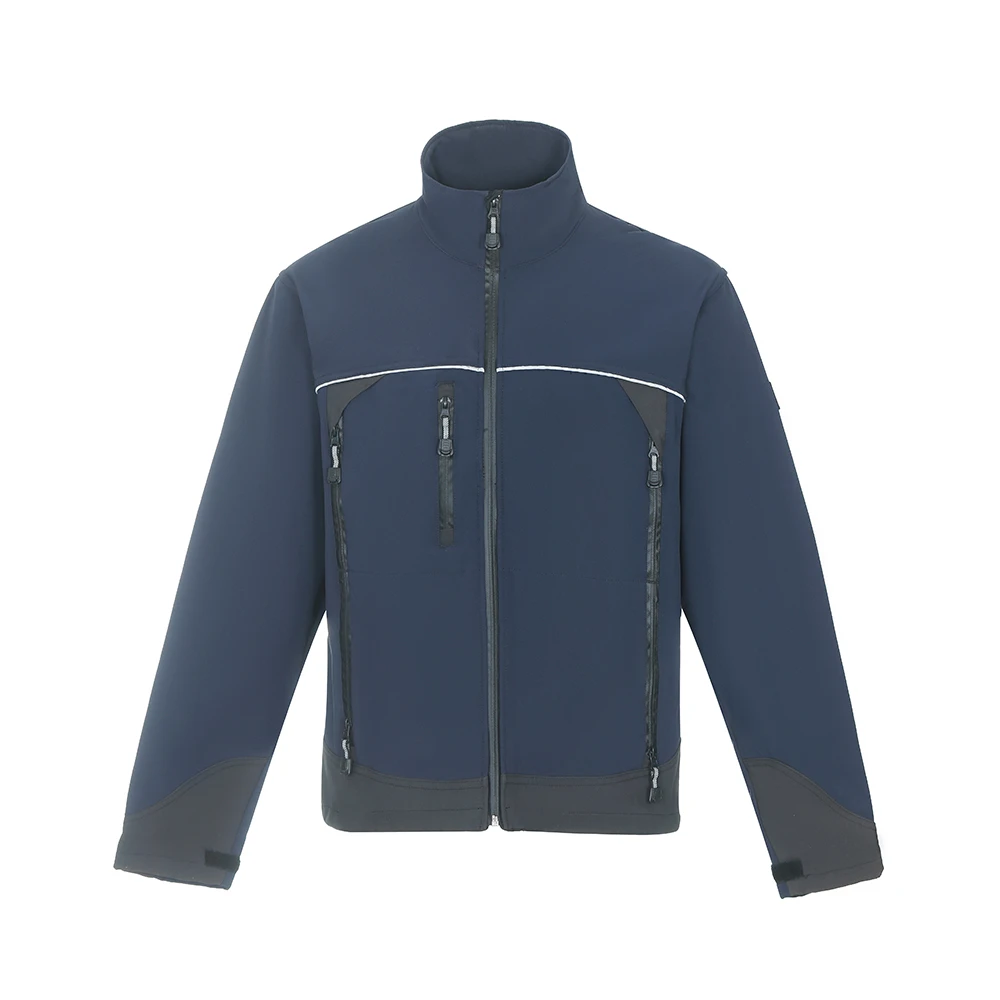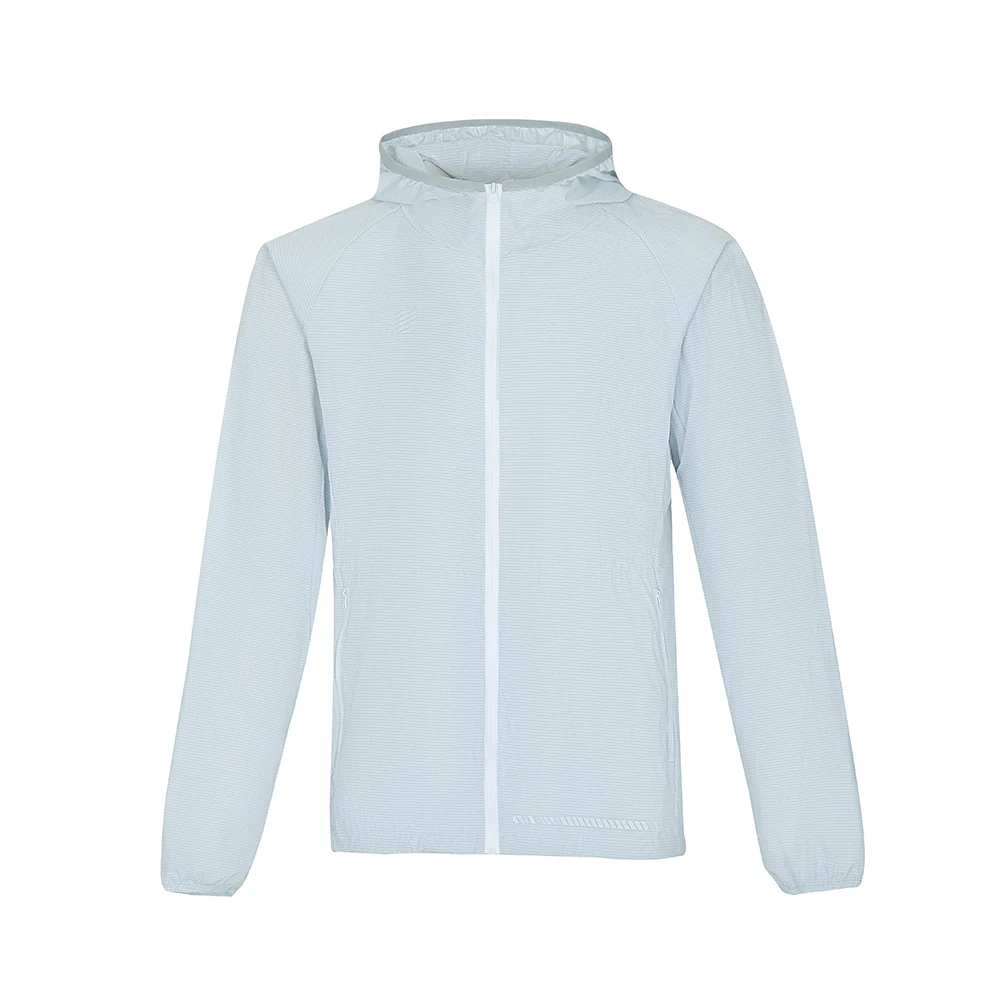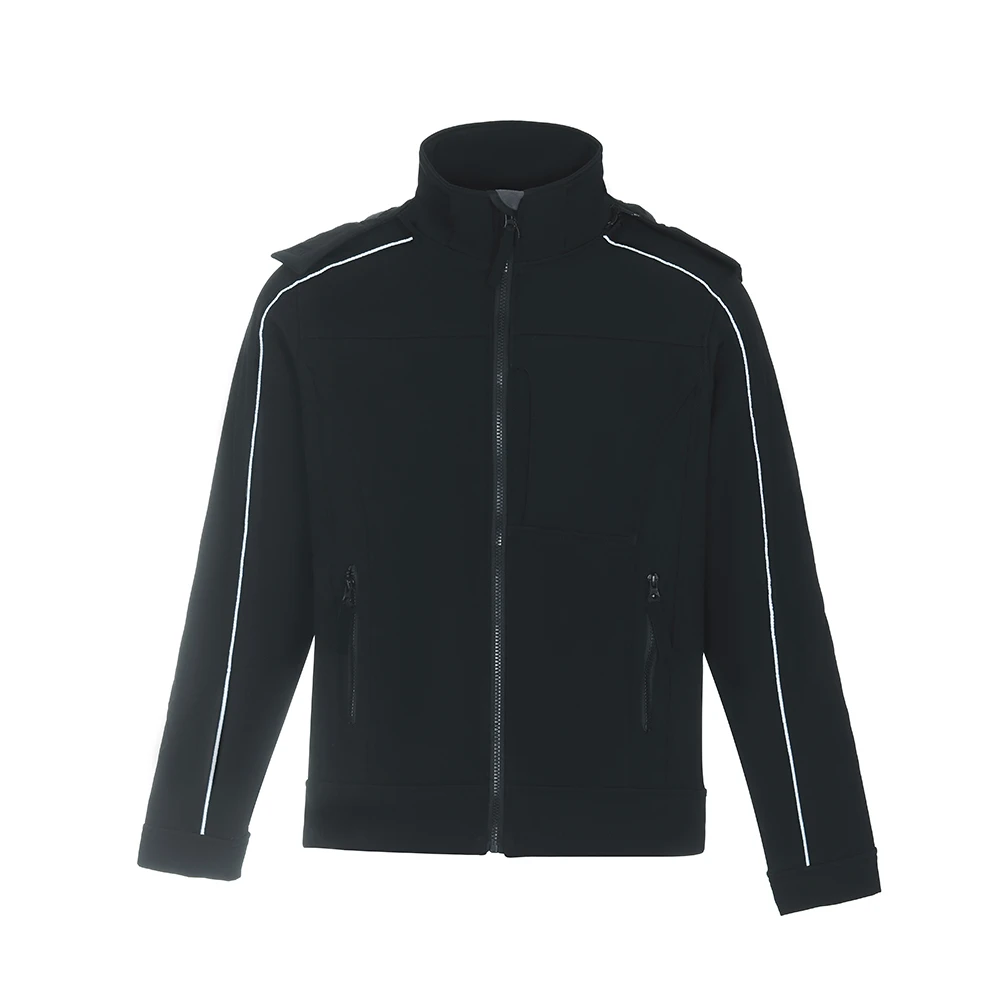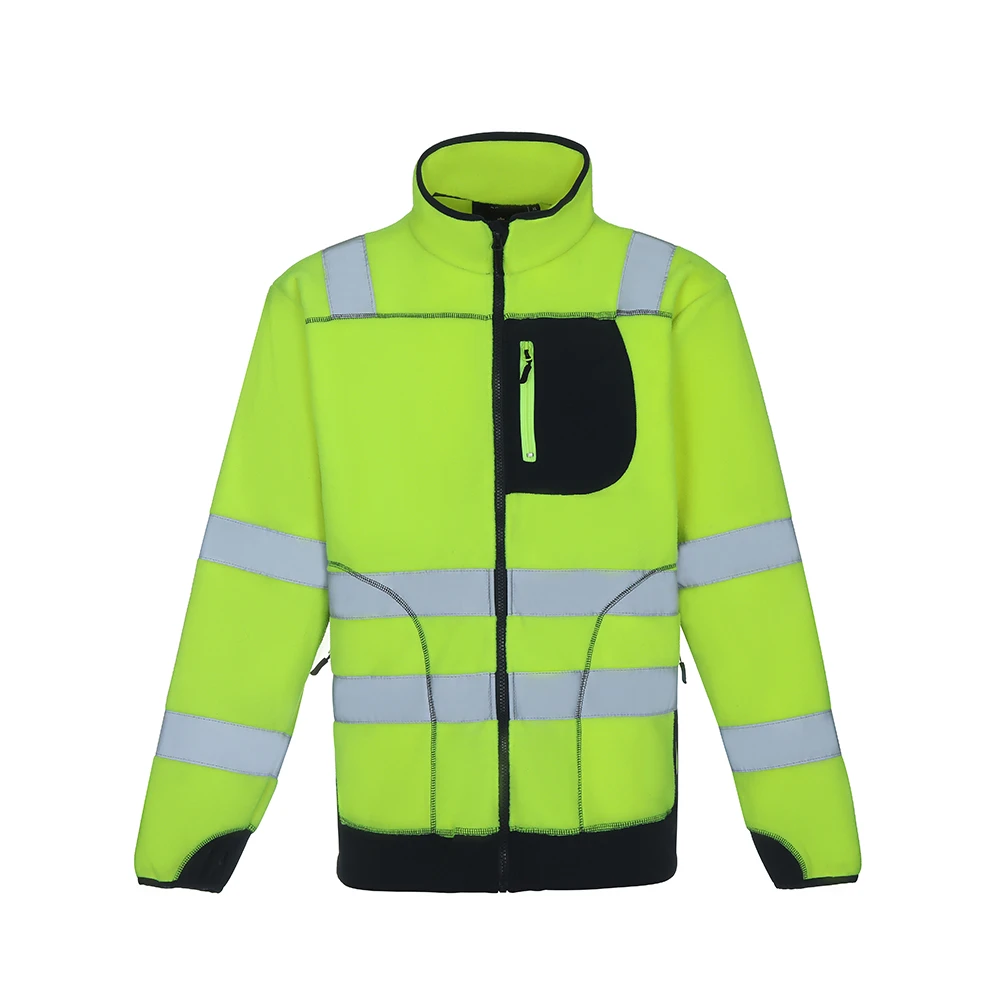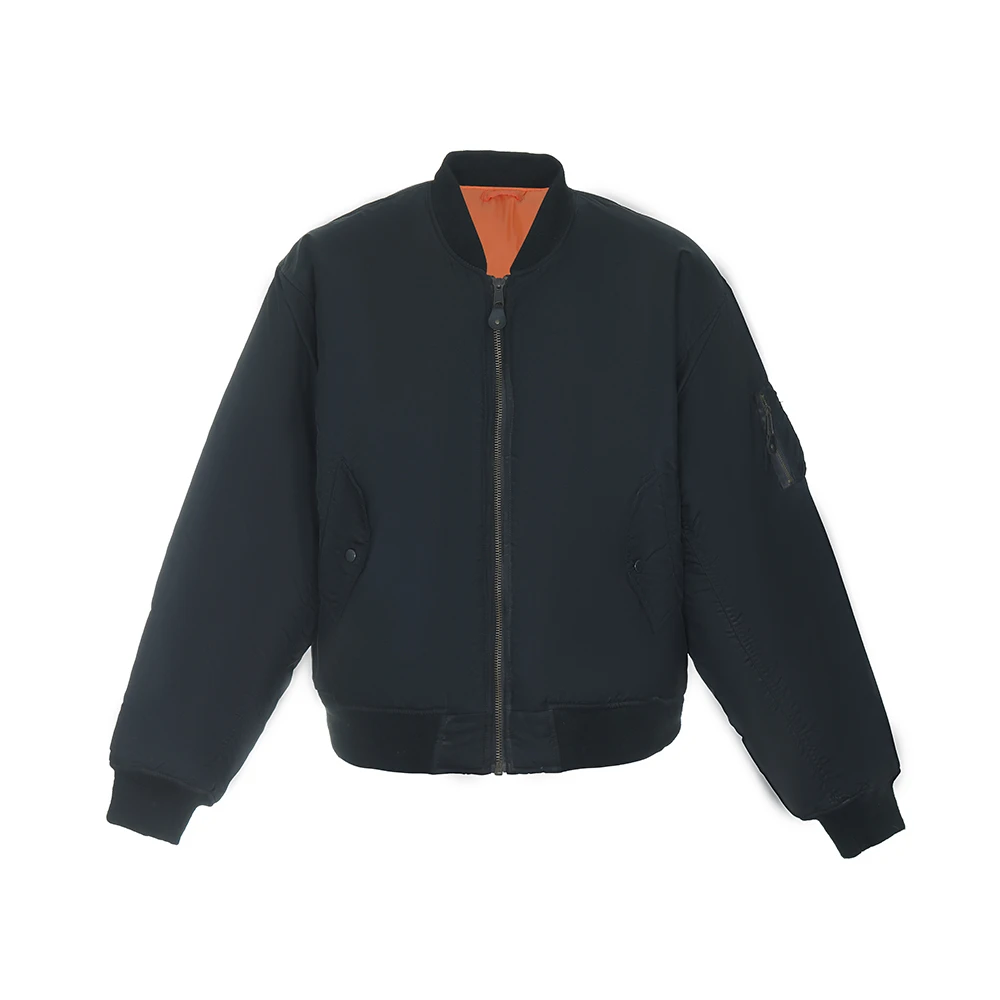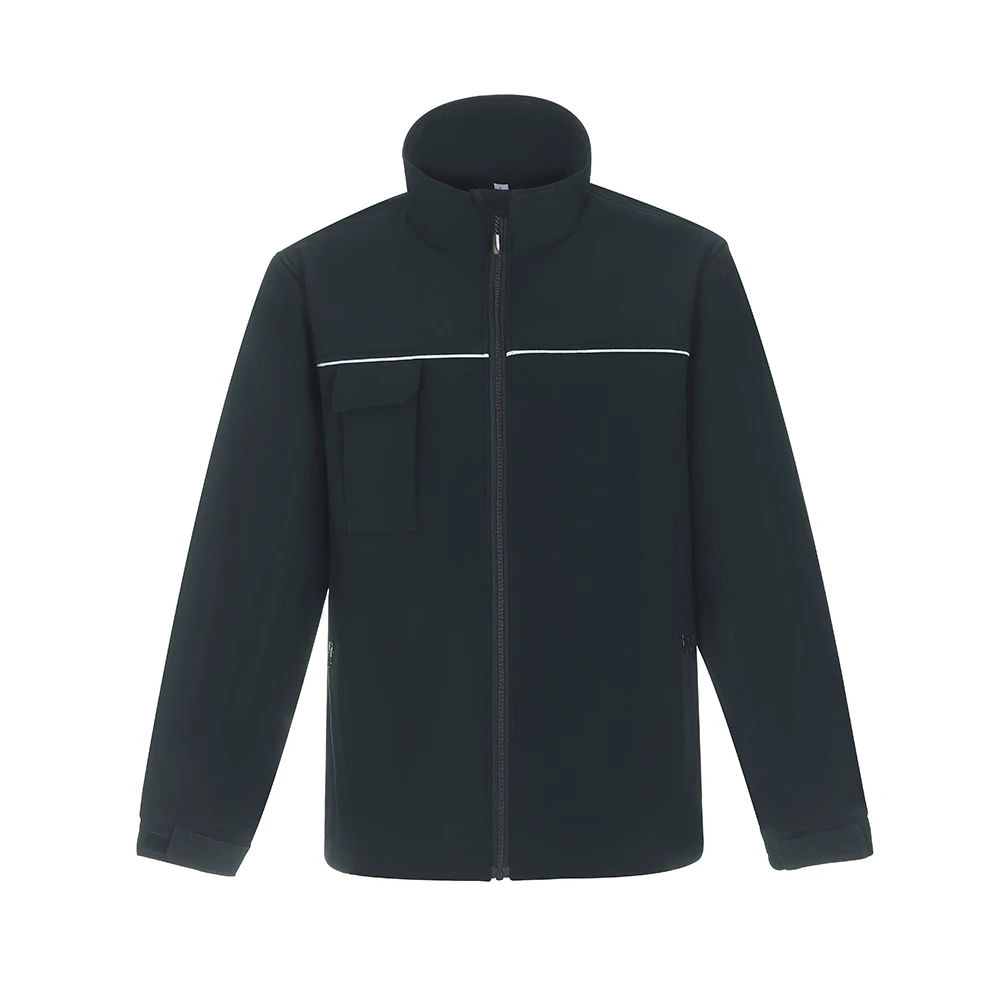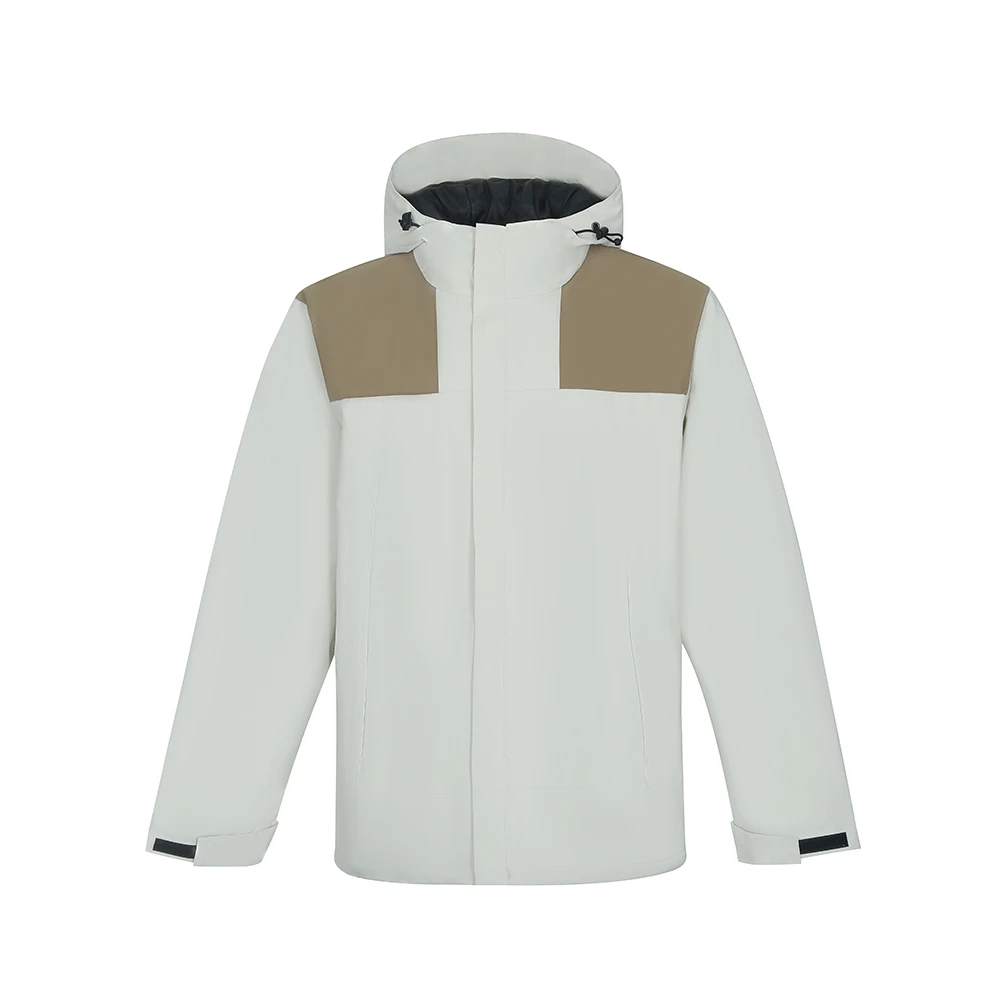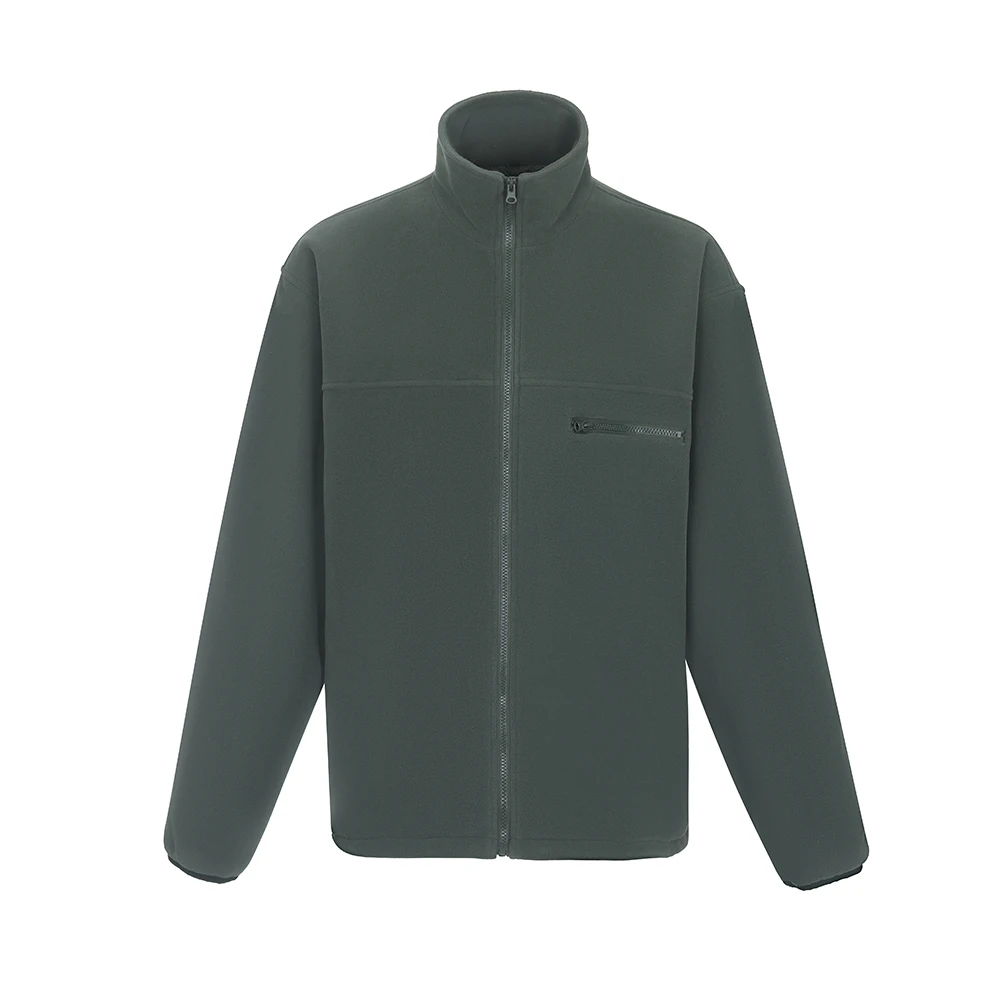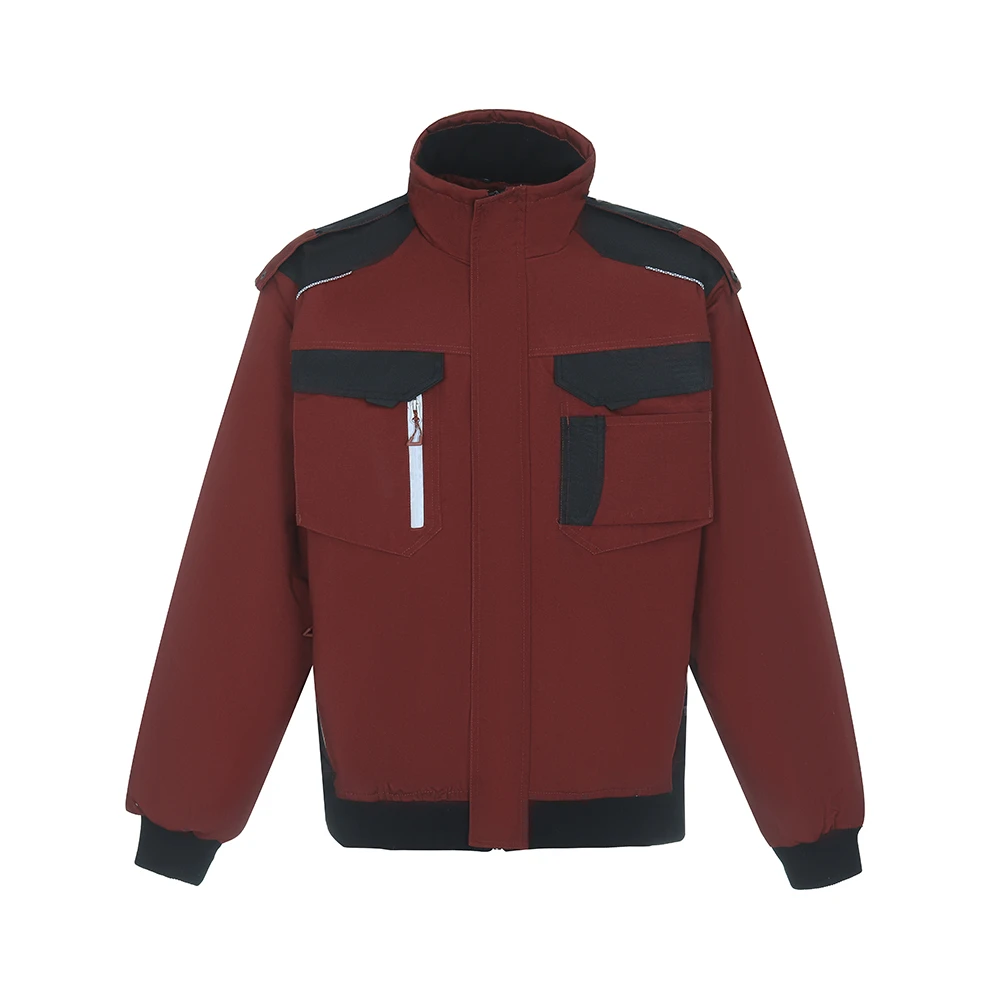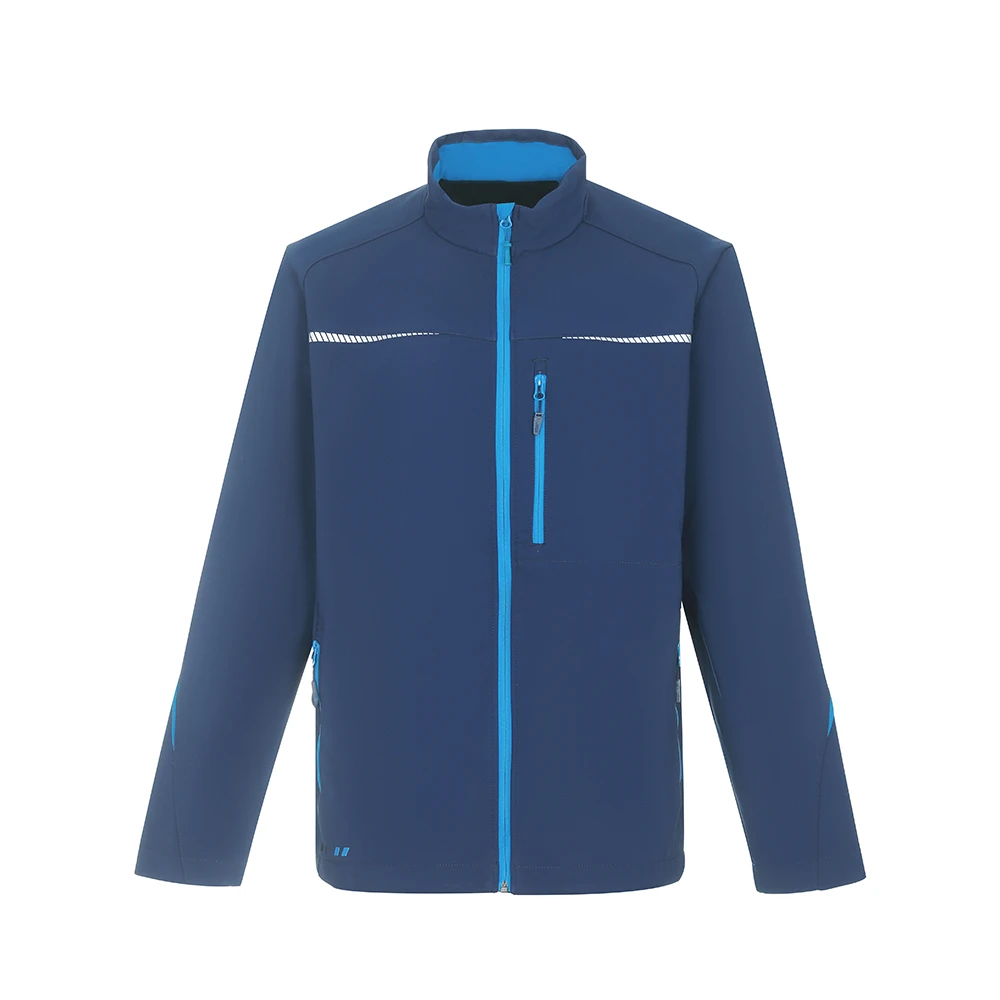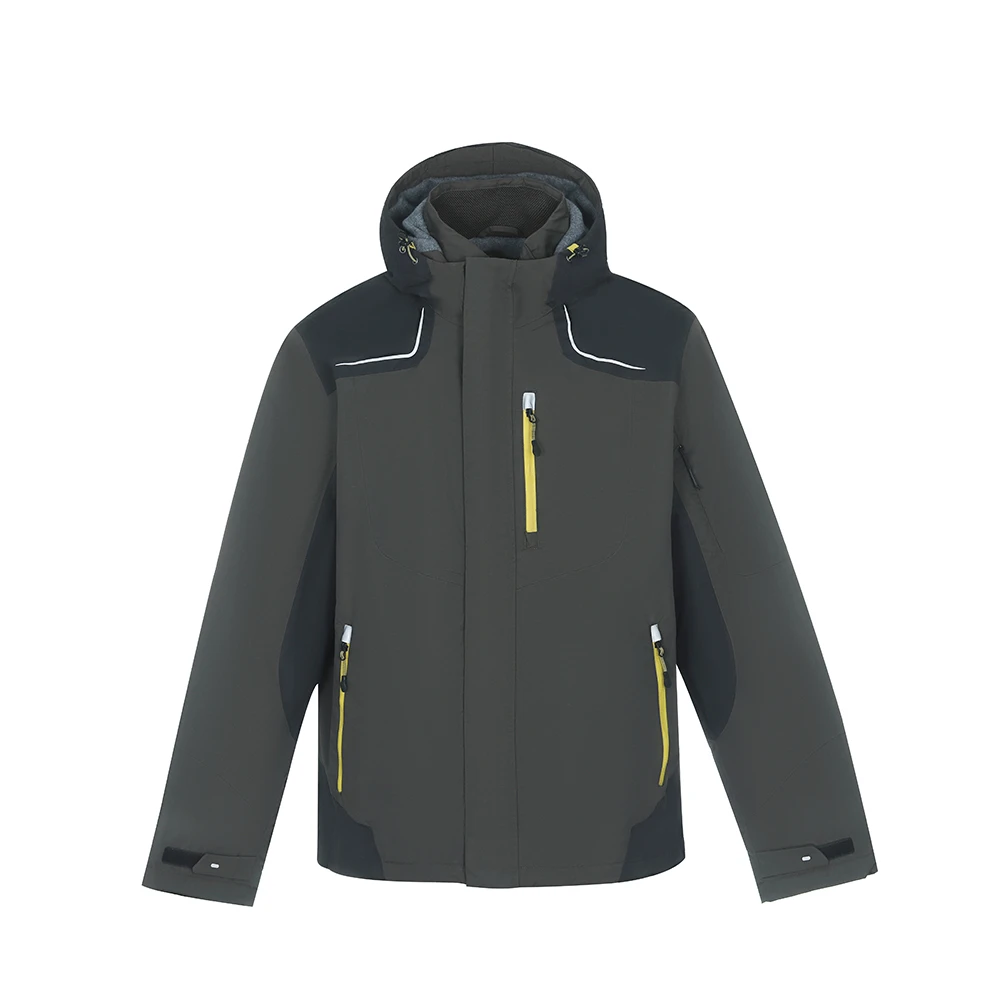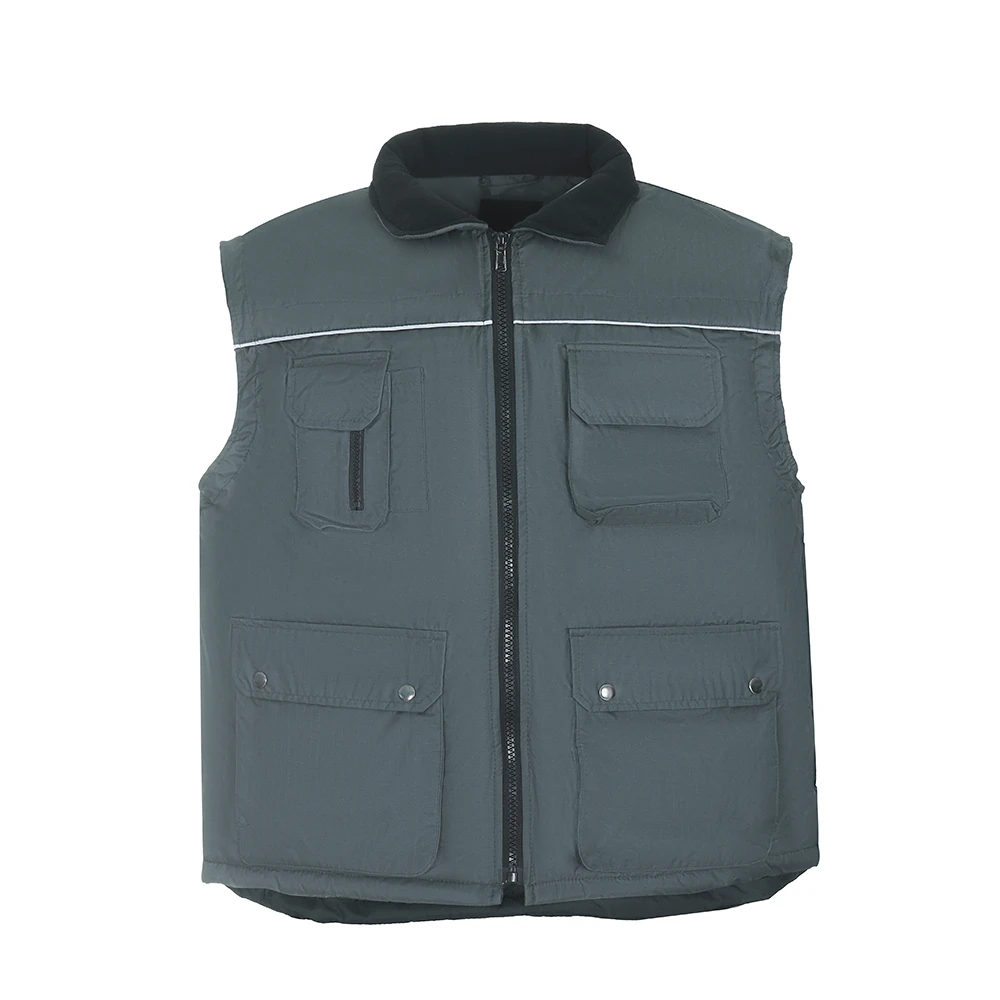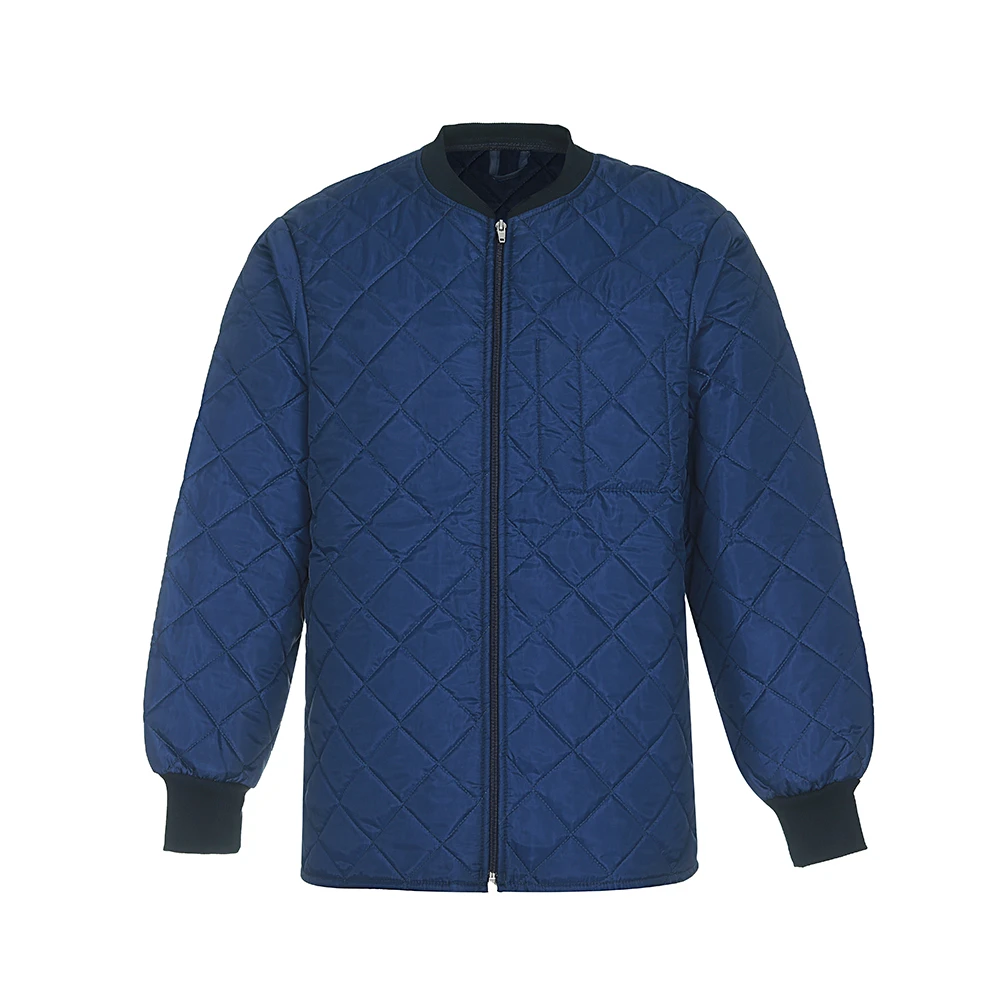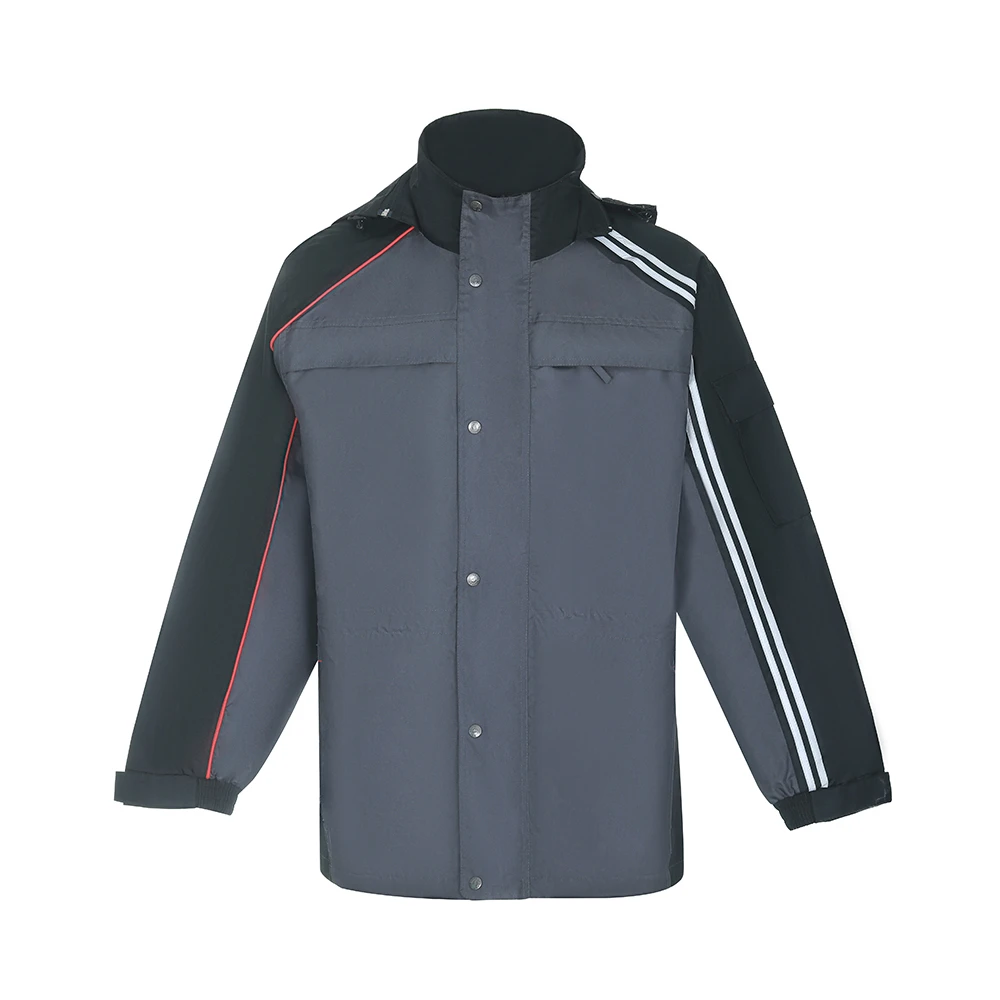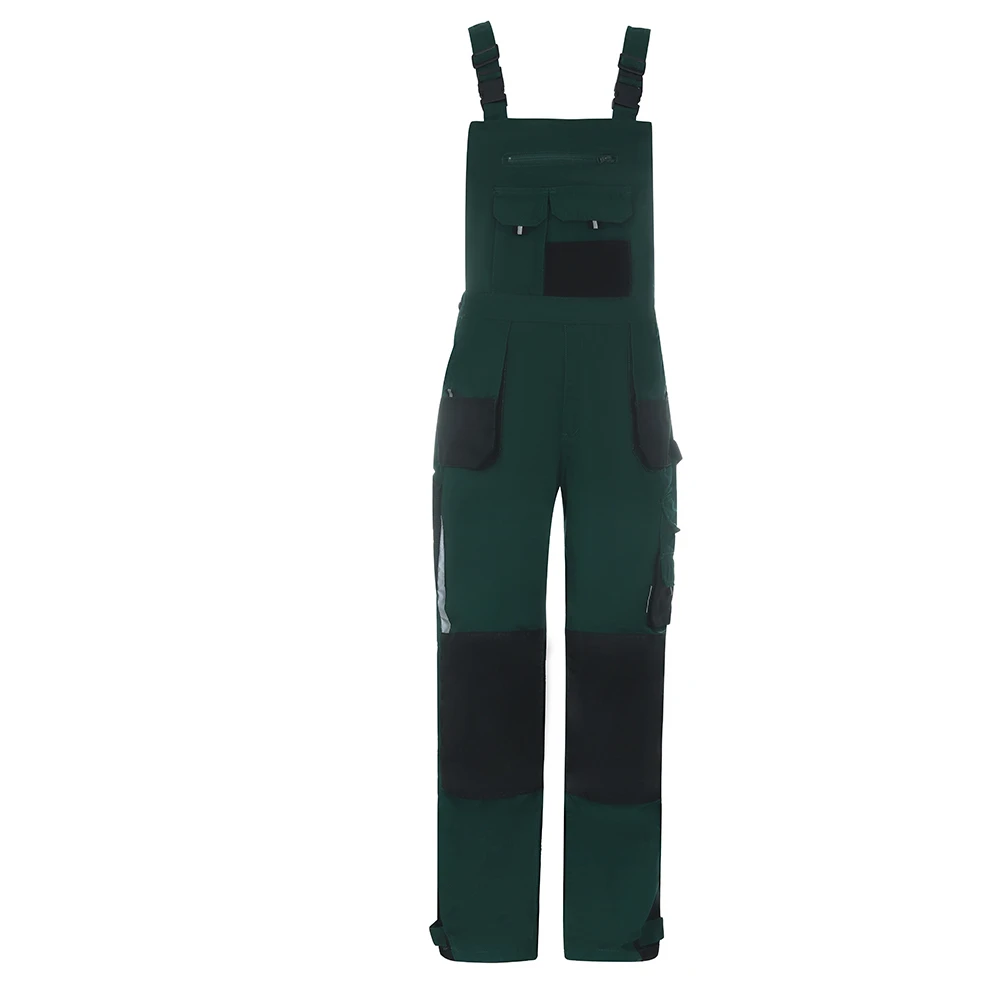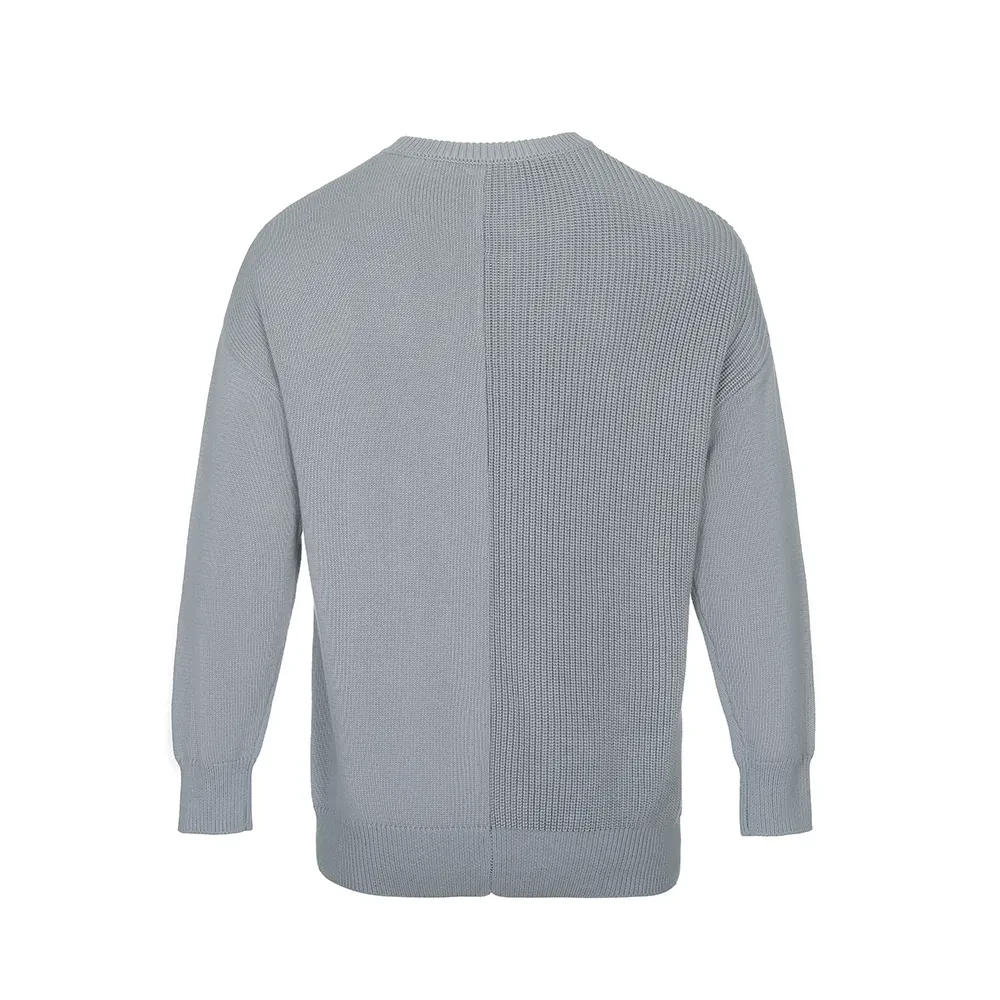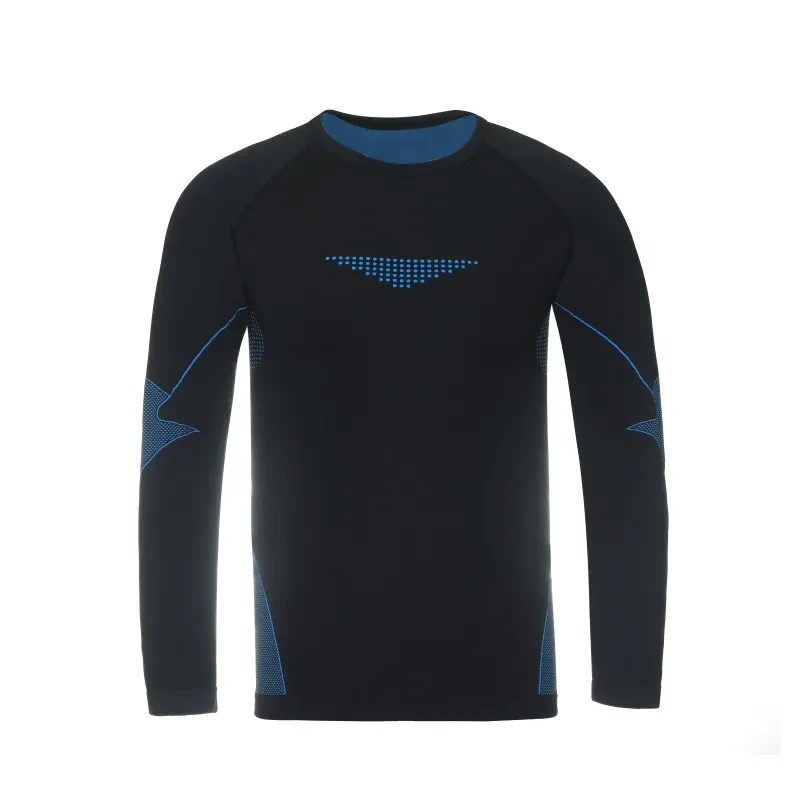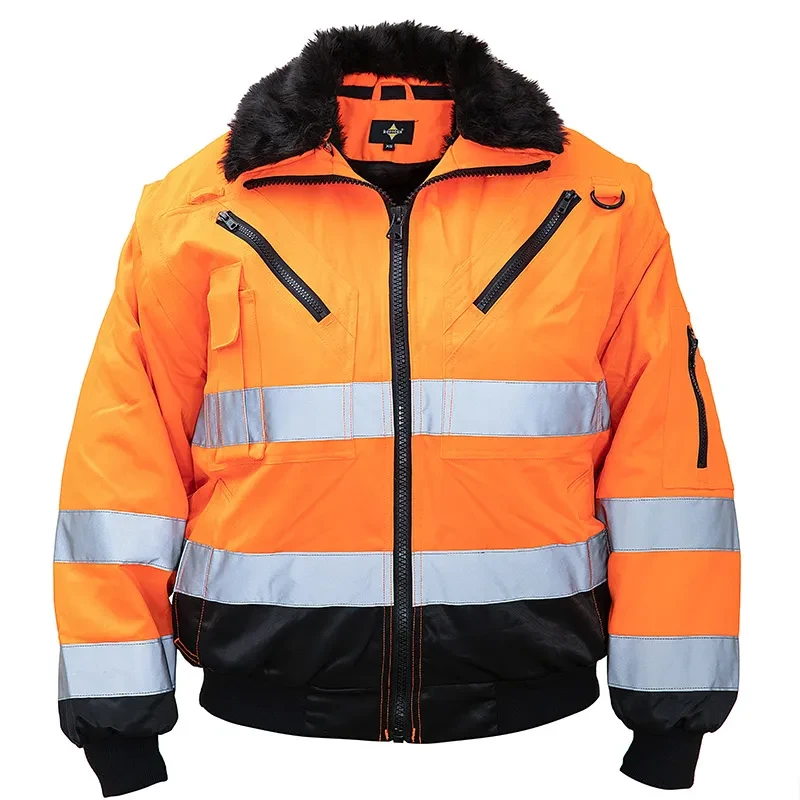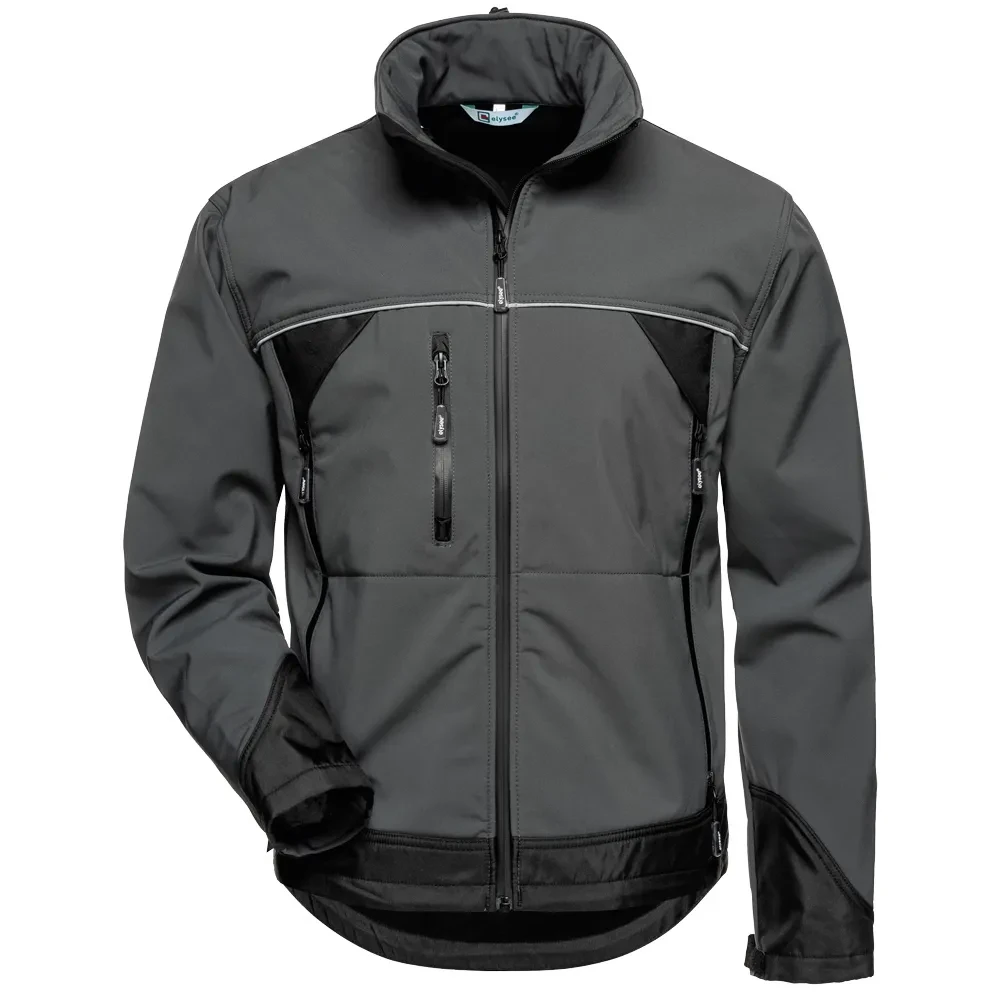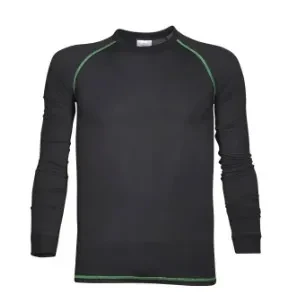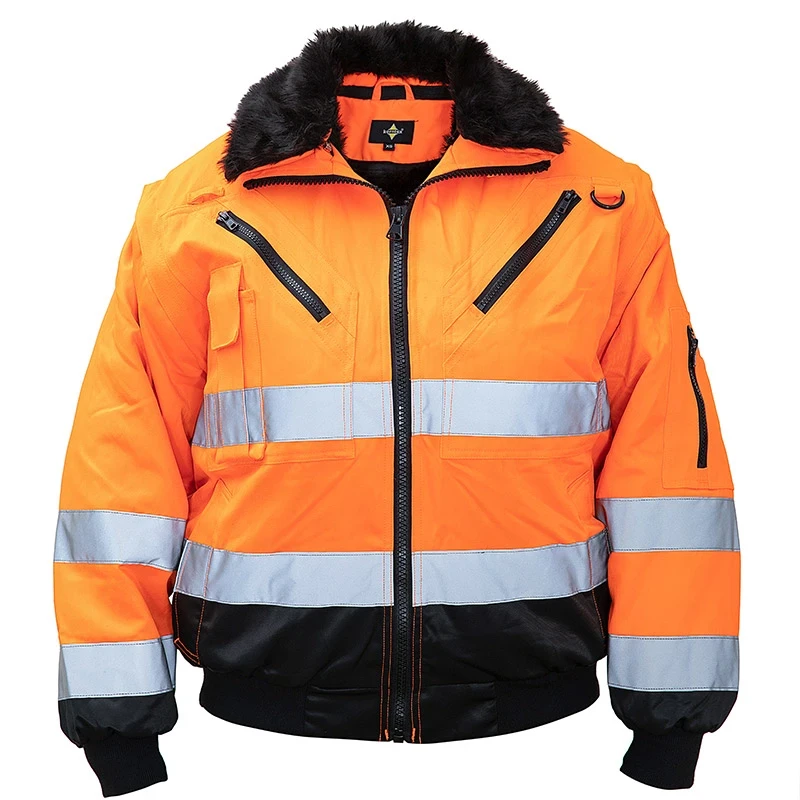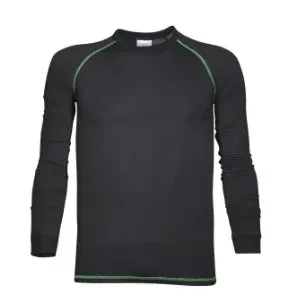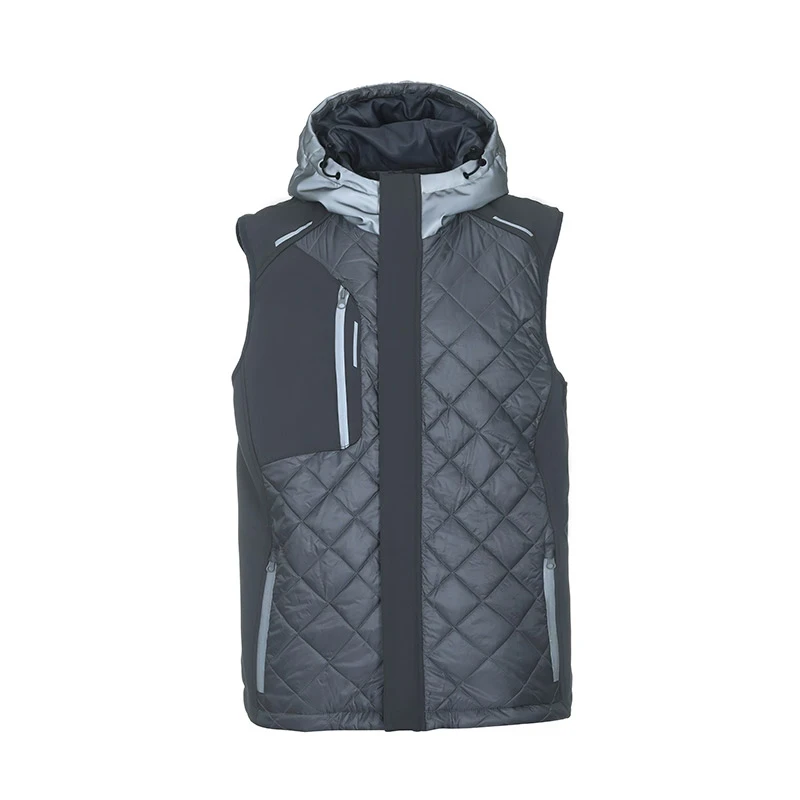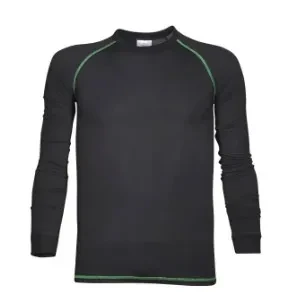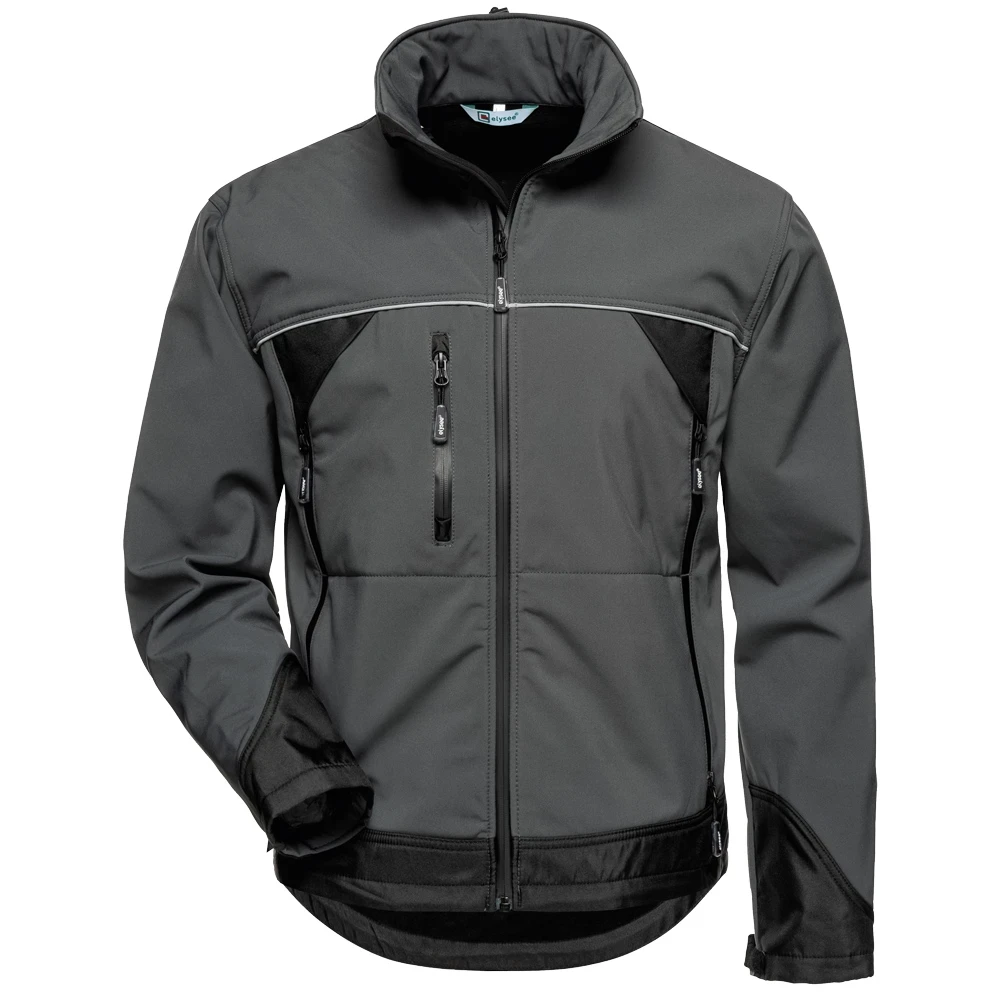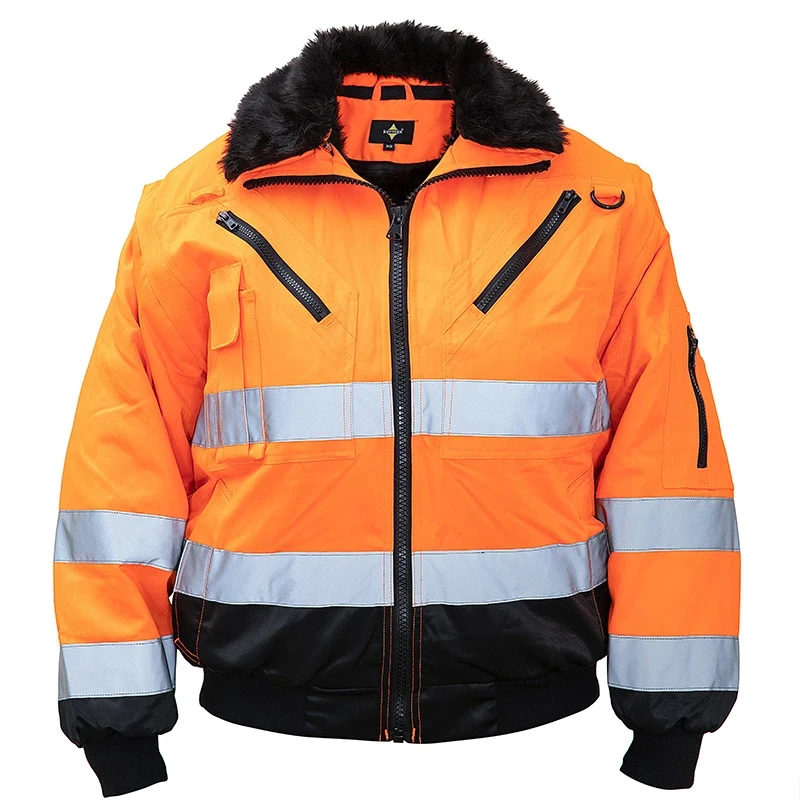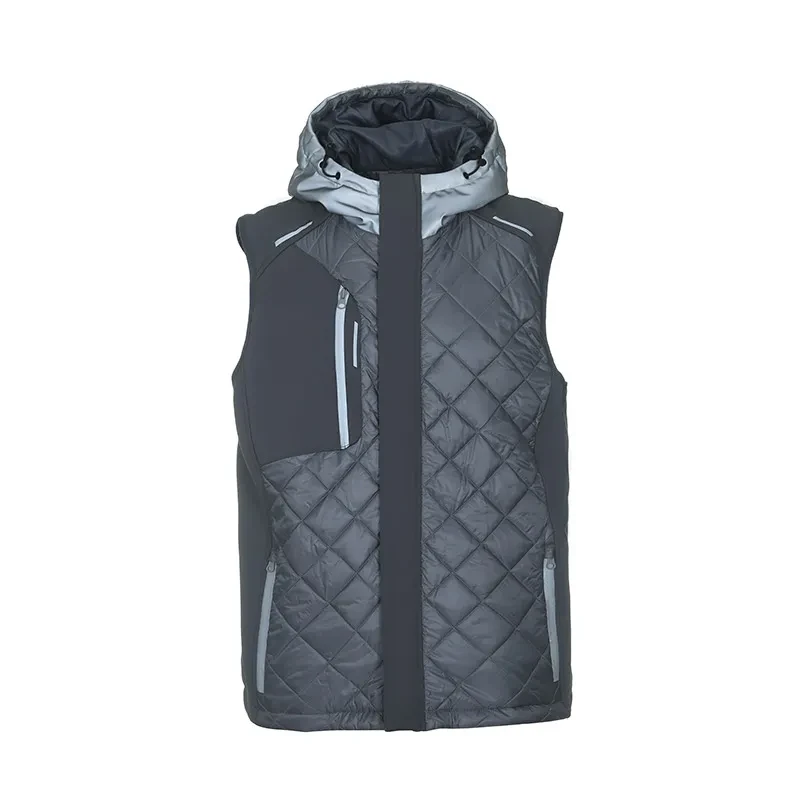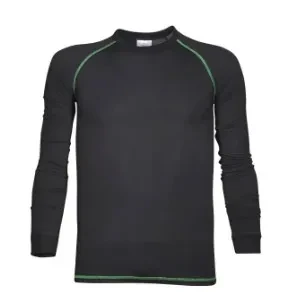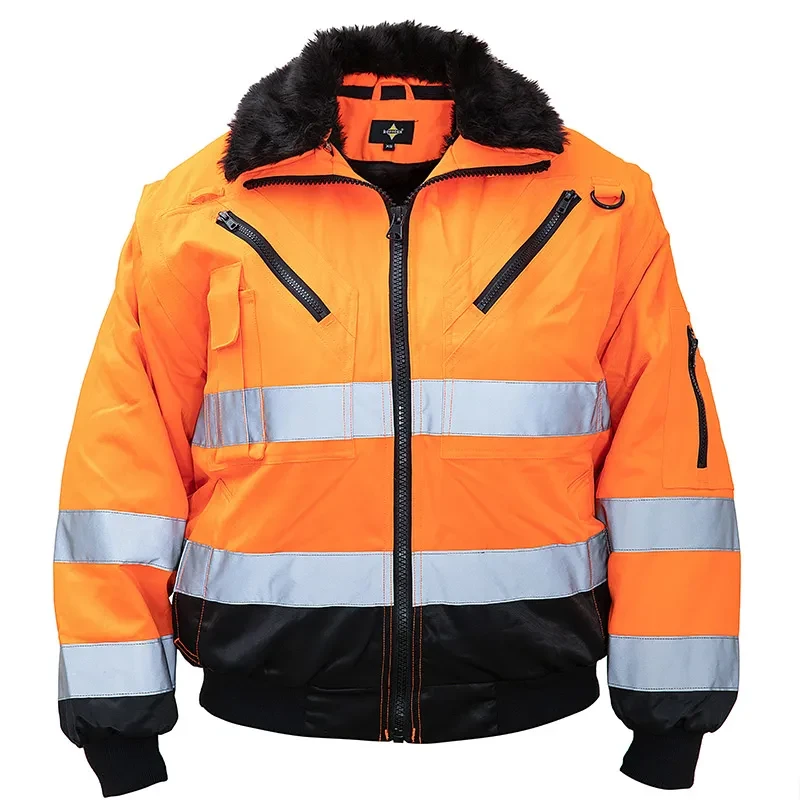Stay Warm Sweater Vest | Winter Comfort
Industry Analysis and Technical Specifications | 2023-2024 Season
Industry Trends in Winter Sweater Vests
The global market for warm sweater vests has seen significant growth, with the segment projected to reach $2.7 billion by 2025 according to Textile World Report. This resurgence is driven by the versatile nature of sweater vest winter wear that bridges functionality and fashion. Modern winter sweater vest designs focus on technical fabrics that offer warmth without bulk, allowing them to serve both professional environments and outdoor activities.
Contact Details
Tel: +86-311-85263333
Email: autumnhb@aliyun.com
Location
Floor 15 Fortune Building, 24 Guangan Street, Shijiazhuang Hebei, China
Technical advances in fabric development have revolutionized the warm sweater vest industry. Materials now incorporate moisture-wicking properties and thermal regulation technologies. According to research published in the Journal of Advanced Materials (2023), modern knitwear uses sophisticated yarn blends that offer up to 30% better insulation than conventional fabrics.

Office Fashion Sweater
Premium warm sweater vest designed for professional environments with exceptional comfort and style.
Fabric Specs: 300g/sqm density with 65% cotton and 35% polyester composition
Color Options: Custom colors available to meet client specifications
Sizing Range: XS to XXXL with tailored fit options
Discover: View Full Product Details
Technical Specifications of Modern Sweater Vests
| Parameter | Entry Level | Mid-Range | Premium (Our Product) | Industry Standard |
|---|---|---|---|---|
| Fabric Weight (g/sqm) | 220-250 | 260-280 | 300 | EN 31092:1993 |
| Thermal Retention (Clo value) | 0.35-0.45 | 0.46-0.55 | 0.60 | ASTM D1518 |
| Breathability (RET) | < 8 | 5-6 | 3.9 | ISO 11092 |
| Composition (Cotton/Synth) | 50/50 | 60/40 | 65/35 | ANSI/CWS 1-2019 |
| Color Fastness (Washing) | Grade 3 | Grade 4 | Grade 4-5 | AATCC 61 |
| Pilling Resistance | Grade 3 | Grade 4 | Grade 4.5 | ASTM D3511 |
| Durability (Wash cycles) | 30-50 | 50-70 | 75+ | ISO 15797 |
Warmth-to-Weight Ratio Comparison
Fabric Durability Testing Results
Application Scenarios
Winter sweater vest solutions are increasingly versatile. The corporate sector has seen 45% growth in adoption according to Apparel Insider (2023). Modern warm sweater vests with pocket features offer functionality while maintaining professional appearance. Outdoor enthusiasts benefit from sweater vest winter designs that offer core warmth without restricting movement.
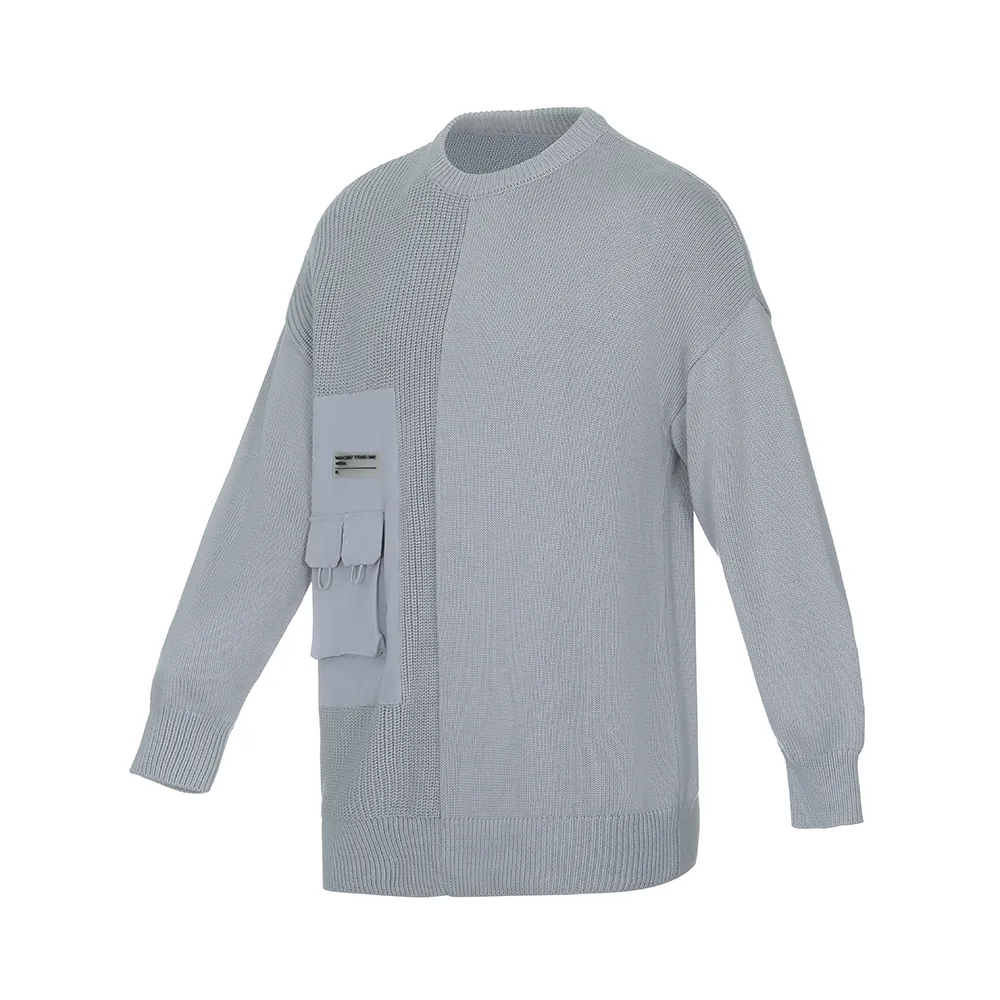
Professional Settings
Corporate wear maintaining warmth during winter months

Outdoor Activities
Layering solution for cold weather mobility
Professional Technical Questions
What GSM rating is ideal for a winter sweater vest?
A warm sweater vest requires at least 280 GSM for sufficient thermal protection. Optimal cold weather performance is achieved at 300+ GSM, balancing warmth with mobility. Industry standard EN 14058 specifies requirements for cold weather protective garments.
What are the advantages of 65/35 cotton/polyester blend?
This premium blend maximizes the benefits of both fibers - cotton's comfort and breathability with polyester's durability and moisture-wicking properties. The combination creates a fabric that's warmer than 100% cotton while maintaining greater breathability than synthetics.
How do pocket designs impact functionality?
Effective pocket construction requires reinforcement stitching and tapered openings that prevent item loss. Our warm sweater vest designs incorporate ergonomic pocket placement at 18° angle for natural hand positioning.
What thermal retention testing standards apply?
The primary standards are ASTM F1868 (thermal insulation measurement) and ISO 11092 (thermo-physiological properties). Premium vests should achieve ≥ 0.60 Clo value - a measure of insulation where 1 Clo = 0.155 m²K/W.
How does fabric composition affect sustainability?
Blended fabrics require careful consideration of biodegradation rates. Our 65/35 ratio ensures compatibility with textile recycling systems while providing durability that extends garment lifespan, reducing overall environmental impact compared to fast fashion alternatives.
What are key sizing considerations?
Beyond standard sizing, proper armhole drafting at 45-50° allows for layered outfits without restriction. Our XS-XXXL range accommodates body shapes while maintaining proportional aesthetics critical for professional wear applications.
How to verify quality stitching?
Check for consistent stitch density (8-10 per cm), seam allowances of 1-1.5cm, and reinforced stress points. Premium garments like our winter sweater vest line use 3-thread overlook seams that minimize fraying after multiple washes.
Technical Textile Innovation
The future of sweater vest winter wear is moving toward smart textiles. Recent developments include:
- Phase-change materials (PCMs) that absorb/release heat at specific temperatures
- Nano-fiber treatments for water resistance without compromising breathability
- 3D-knitting techniques that create zonal thermal regulation
- Biodegradable performance fibers from sustainable sources
Textile Research Journal (2023) indicates these innovations will dominate premium warm sweater vest categories within 3-5 years as production costs decrease.
Industry References
Textile Technology Review: "Innovations in Cold Weather Knitwear" - https://www.textileresearchjournal.com/knitwear-innovations
Apparel Engineering Standard: ASTM D7022 - Thermal Insulation Performance Metrics
Sustainable Textiles Initiative: Case Study on Cotton-Poly Blends - https://www.sustainabletextiles.org/cotton-poly-case
Global Knitwear Market Analysis: Frost & Sullivan Report 2023

